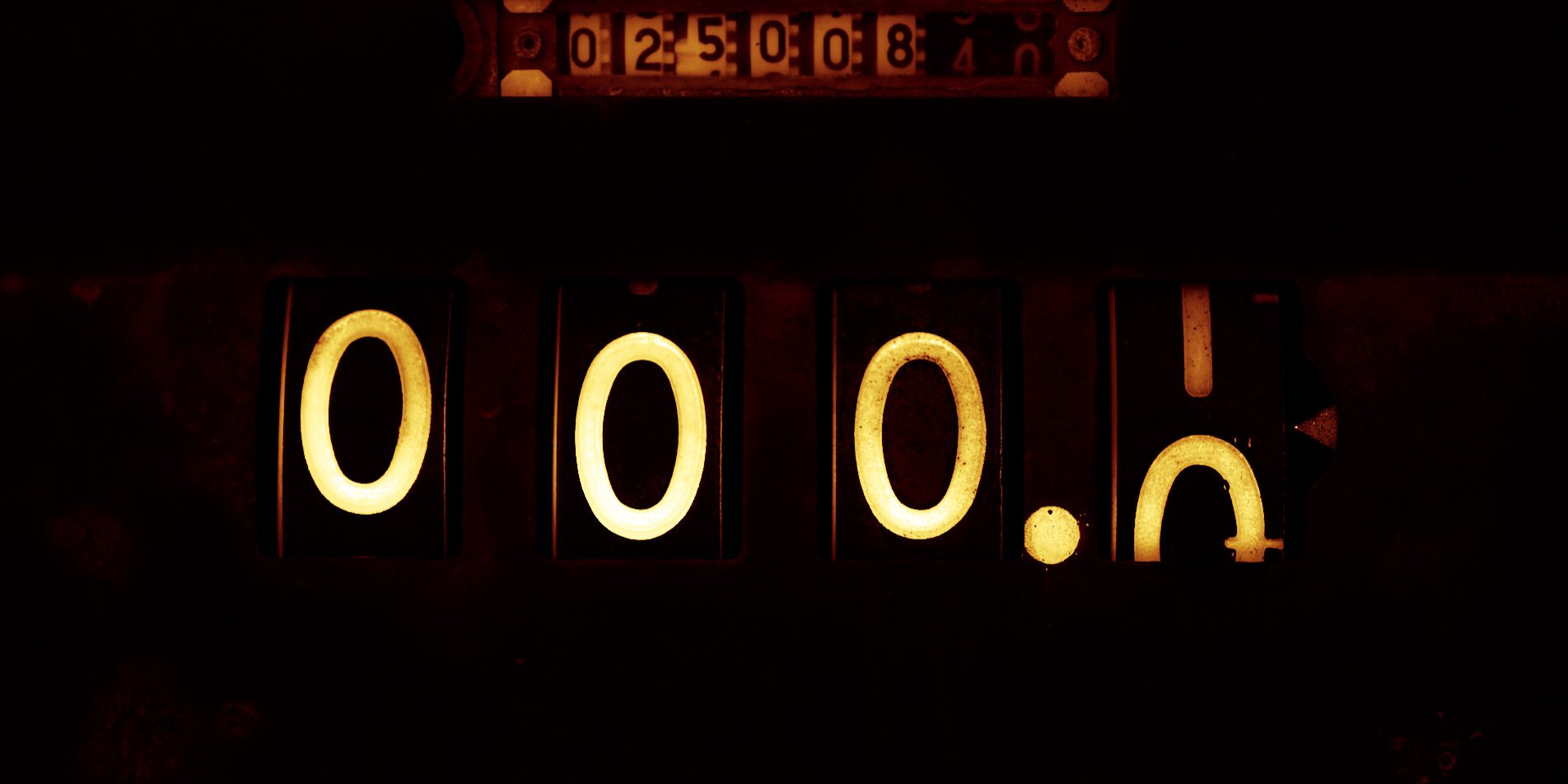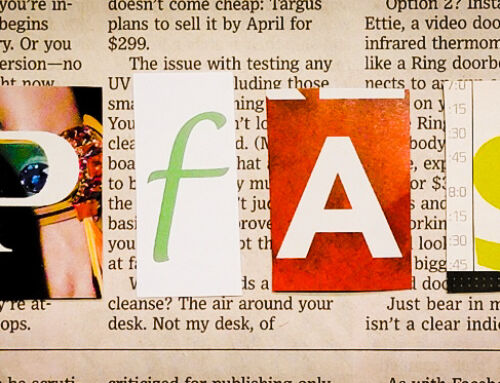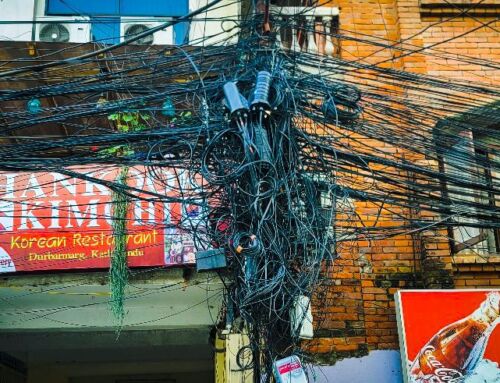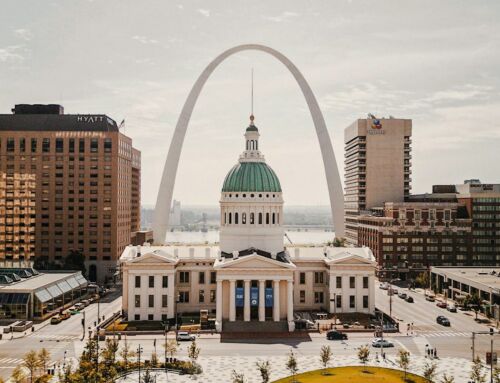View by Topic
Recent Articles
-
EPA Designates PFOA and PFOS as Hazardous Substances under Superfund LawSaturday, April 20th, 2024
-
Federal Government Finalizes New Efficiency Standards for LightbulbsSaturday, April 13th, 2024
-
2024 IECC is Final After Addressing Preemption IssuesSaturday, April 6th, 2024
-
Settlement Portends Broad Failure in Attempts to Ban Natural GasSaturday, March 30th, 2024
-
SEC Climate Disclosure Rule Stay and Venue Now in the 8th CircuitSaturday, March 23rd, 2024
View by Month/Year
“Green Building Law Update” Headlines
Recent Articles & News from
Stuart Kaplow’s blog
at GreenBuildingLawUpdate.com
- EPA Takes Action: PFOA and PFOS Now Hazardous Substances Under Superfund Law April 21, 2024
- Shedding Light on the Future: The Evolution of Lightbulbs in the Wake of New Energy Efficiency Standards April 14, 2024
- 2024 International Energy Conservation Code is Final After Addressing Preemption April 7, 2024
- Settlement Portends Broad Failure in Attempts to Ban Natural Gas March 31, 2024
Subscribe to the Green Building Law Update!
Stuart Kaplow brings his expertise and extensive experience to the table with his unique digital publication, "Green Building Law Update". Subscribers receive regular updates to keep them informed about important issues surrounding Environmental Law, Green Building & Real Estate Law, as well as the emerging demand for Environmental Social Governance (ESG).
Get fresh content through the lense of Stuart Kaplow's cutting-edge expertise, innovative commentary and insider perspective. Don't miss another issue! Subscribe below.

White House to Define Zero Emission Building
Last Thursday, White House National Climate Adviser Ali Zaidi announced that the federal government will define what is a “zero emission” building.
The announcement was made at the U.S. Green Building Council’s annual Greenbuild conference and expo in Washington DC, in a live on stage conversation Zaidi held with Juliet Eilperin of The Washington Post on Thursday, his public comments are all of the information available at this time. The implications are huge.
That the public unveiling of a new federal standard was made at Greenbuild 23, ‘the’ target rich environment of the year for green people and the very best place to learn what is new in green building, should not be lost on anyone given that the construction and building sector accounts for more than 39% of greenhouse gas emissions.
Zaidi’s comments from the stage included that he views climate change, “not as a story of doom and despair but of hope and possibilities. Possibilities that we will build together.”
He sounded elated as he described that the new federal Zero Emission Building standard will have a three pillar approach:
- Ensuring energy efficiency
- Cost effective renewable energy, and
- Incentivizing electrification.
Again, the details, in particular about the third pillar, are still coming into focus.
Ensuring energy efficiency. We were able to glean that the first pillar, ensuring energy efficiency is proposed to mean a building that achieves an ENERGY STAR score of 75 or higher.
Cost effective renewable energy. The second pillar requires a building to obtain at least 30% of the total energy it consumes (on a site basis) from renewable sources. Renewable energy sources can include onsite renewable electricity, offsite green power procurement, renewable fuels, and renewable thermal certificates. (Renewable energy components of standard grid supplied electricity or district energy would not count toward the 30% requirement.)
Incentivizing electrification. The third pillar is a bit fuzzier, and different folks who were in the room at Greenbuild are reporting different things, but here is what we heard, .. that a building’s direct (i.e., onsite) greenhouse gas emissions “intensity” is at or below a specified level. Each building will have a unique direct intensity target normalized for the building type and the weather. Buildings that use only electricity would automatically meet this criterion as they have zero direct GHG emissions.
The public comments also included that the White House would later in the day be convening a process to finalize details.
All of this is not so easily done. The Federal government does not have the statutory authority to enact a binding nationwide Zero Emission Building standard and the divided Congress will all but certainly not grant it to the EPA. However, if this new standard were mandatory for the thousands of GSA and DOD buildings such would not only have an incremental benefit, but lead by example what state and local governments should do while, and maybe most importantly, providing good consensus based guidance on what Zero Emission Building actually means.
There have been fits and starts among a few states and cities from California to New York City with building energy performance standards, most of which only require calculation and reporting but not any reduction in GHG emissions, and none of which has been fully implemented yet. By way of example that is emblematic of the desirability for good federal guidance, Maryland law mandates certain commercial buildings be “net-zero direct greenhouse gas emissions on or before January 1, 2040” but does not define that one off operative term leaving it to regulations to be prepared by environmental agency bureaucrats and global warming consultants, that have already missed key dates for issuing the regulations for that state’s unique definition (.. maybe Maryland should use this new national standard?).
All of this bodes well for the future of LEED and other private green building standards that will benefit from a single federally suggested defined term that the private sector can coalesce behind.
If you cannot wait for the White House’s final Zero Emission Building definition, clues can likely be found at ENERGY STAR NextGen Certification for Commercial Buildings. And we would be happy to speak with you as we continue to advise and counsel building owners and other businesses in matters of green building as well as greenhouse gas emissions.
All should be positive when Zaidi’s Greenbuild presentation made clear there are “massive moonshot opportunities” in green building and made the case that climate action is not about sacrifice but rather about building a healthy economy with new opportunities for everyone.









